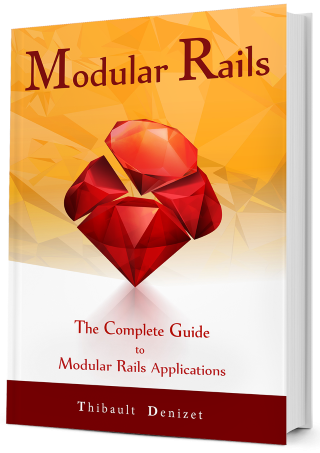Chapter 23
The End
You’ve reached the end of Modular Rails! We hope that you have learned a lot while reading this book. If you still have questions about modularity, feel free to send us an email at info@devblast.com and we will write a blog post to answer your question (so that others can benefit as well). Let’s do a final wrap up of everything we’ve learned!
First of all, you learned that there were other types of architecture, other than the regular Ruby on Rails application. Don’t get us wrong, the way Rails is organized is awesome, and you can do a lot of things with it, but sometimes you need something a bit different. Something more modular.
Don’t rush to modularity every time you have to build a new application. You need to carefully weigh the pros and cons before making a decision. Yes, modular applications are great, but they’re hard to maintain and can become a pain in the a**.
Be careful! With great powers come great responsibility!
Now it’s your turn! You can start building modular applications. Feel free to reuse Tibo’s gem, modular_engine. He promises to keep it maintained and improve it as needed. As with everything, practice makes perfect. So build some simple modular applications before you take on a real application. Be sure to understand how everything is connected.
Feel free to report any typos or technical issues you might have encountered. We are always aiming to improve the book so that our readers can have an accurate resource to rely on and learn from.
If you need to reach us to report something or ask for some help, don’t hesitate to contact us at contact@devblast.com. We will be happy to exchange with you and answer your questions!
We hope this book has changed the way you think about your Rails applications. Happy coding!

